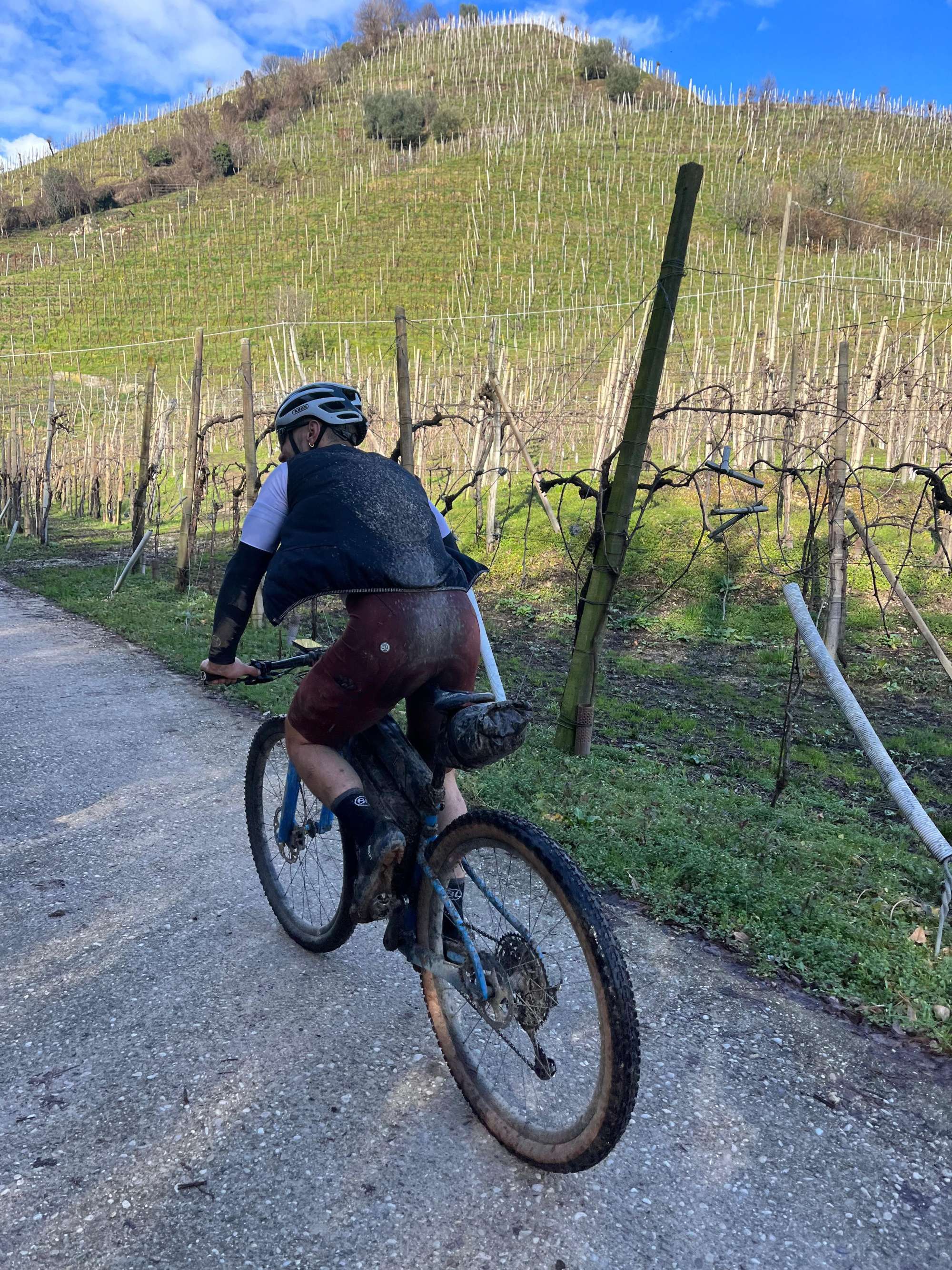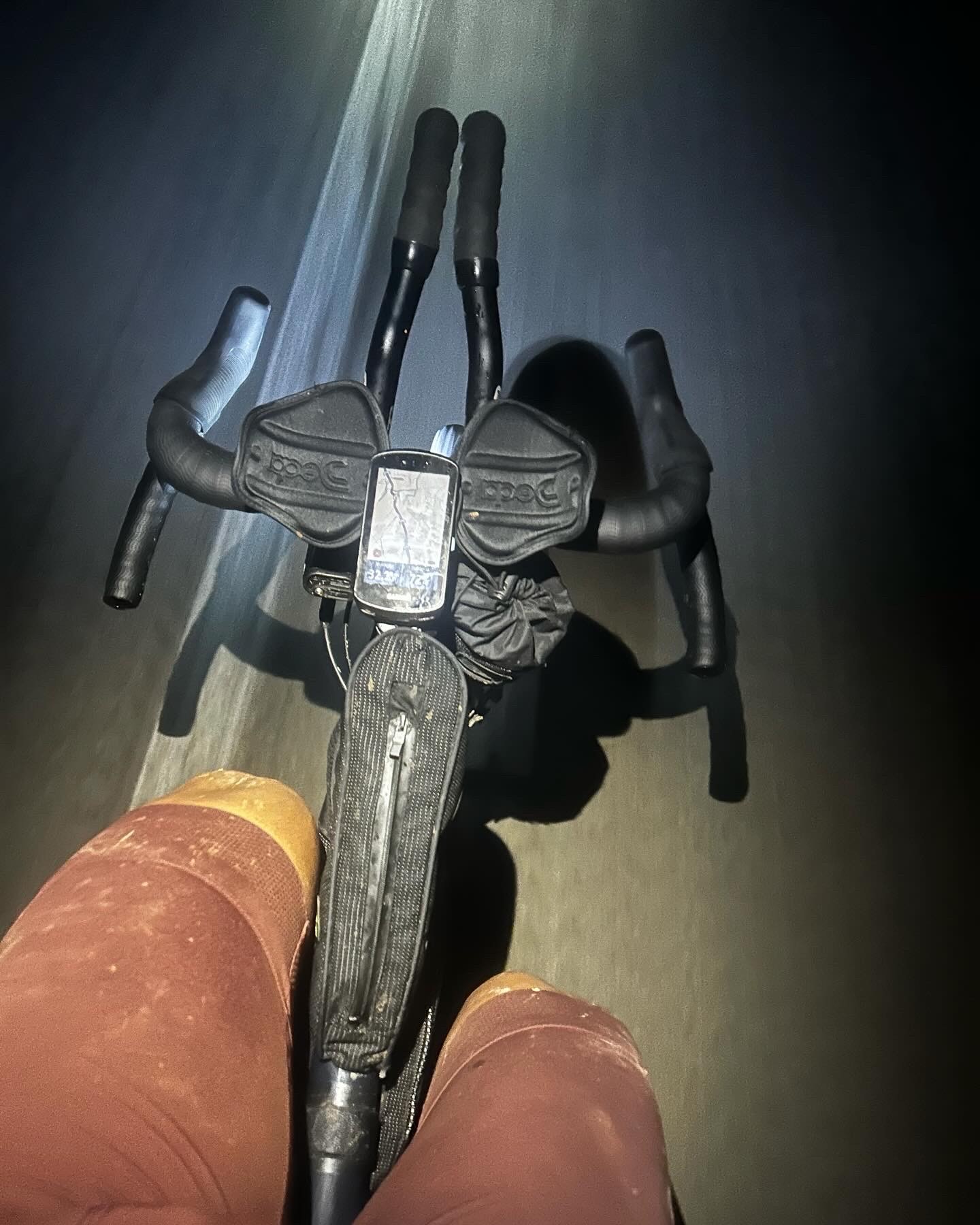During spring and summer, it's almost natural for a cyclist or enthusiast to go out biking. The sun, the long days with sunset at 9 PM, and the pleasant warmth allow for light clothing and cycling in various environments and terrains. However, if one aims to "prepare for a racing season" or simply improve year after year on the saddle, then cycling during the darker and colder months becomes almost necessary. All of this is already crucial for, pardon the term, all "ordinary" cyclists. When it comes to ultracycling and bikepacking, spending hours cycling in winter becomes truly indispensable. The reasons are many and varied: besides the training itself, it's also crucial to get used to cycling in the cold, rain, darkness, and all those uncomfortable conditions that one is likely to encounter during the season.
I'm Fabio, I live in Veneto, Italy. Among my greatest passions are cycling, mountain sports, and adventure. Getting to know myself better over time, I've come to understand that I love not only physical but also mental exertion. All these factors have led me to be an ultracycler for a few years now, which is now considered a true sector of international cycling. I'm particularly drawn to multi-day events, off-road, and especially unsupported ones.
My race season isn't well-defined in terms of the time of year: races, being scattered around the world, can occur in places where it's summer while it's winter here. Around October/November, I usually start planning the appointments for the new year, so I can understand which periods I'll need to increase training hours and when to relax my grip a bit and focus on other things. Last year, my racing season ended in October and will officially resume at the end of April with the first long adventure (Italy Divide 2024).
The last two months of 2023 were for recuperating, both physically and mentally. I continued biking but aimed to enjoy it to the fullest without too much strain or concern. Instead, I spent more time at the gym, especially hiking and running in the mountains, multi-day excursions with family, friends, and people who unfortunately during the season, it can be difficult to dedicate the time I would like to.
With the new year, I've returned to accumulating hours on the saddle while also being a bit more attentive to my diet to shed a few pounds. Gym workouts, running, and mountain trekking are also crucial for me during this time. In off-road events, it's often necessary to tackle long hike-a-bike sections, so I believe having a 360° preparation and an efficient body is fundamental not only for cycling.
This period is divided into two blocks of four weeks each, with three "loading" weeks (accumulating kilometers and elevation gain) and one "recovery" week (reducing weekly kilometers by 30-40%). During loading weeks, I aim for 5 or 6 bike training sessions a week, with one day of rest (between 18 and 22 hours a week in the saddle). During recovery, I seek an extra rest day, bringing the hours to 12-15 per week.
As I write this article, this phase has recently ended, and I'm entering the toughest and most exciting period of preparation. Throughout March, until mid-April (two weeks before the event), my goal will be to spend at least 20 hours on the pedals each week, including mini-bike trips on weekends and longer single sessions than usual.

Next month, it will be crucial to make the most of rest hours, eat enough, and avoid overtraining as much as possible, which would surely ruin part of the season.
And from late April? All the accumulated hours will pay off, giving me the chance to enjoy my adventures to the fullest without the effort and fatigue overshadowing the pleasure of cycling and experiencing new places.

